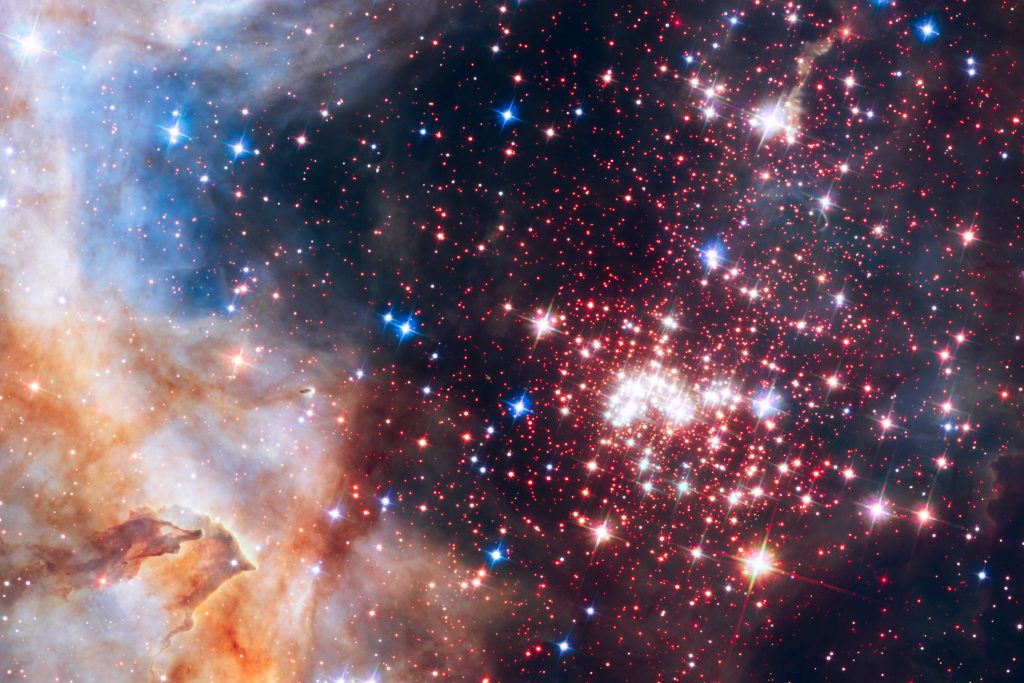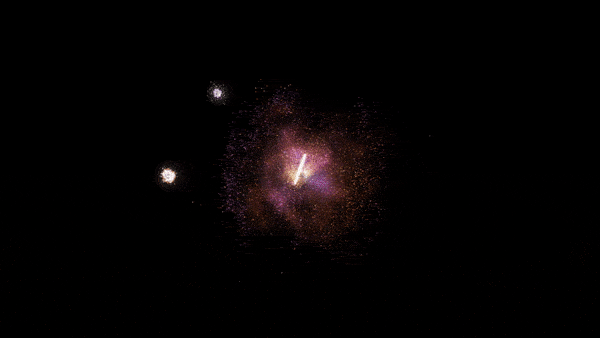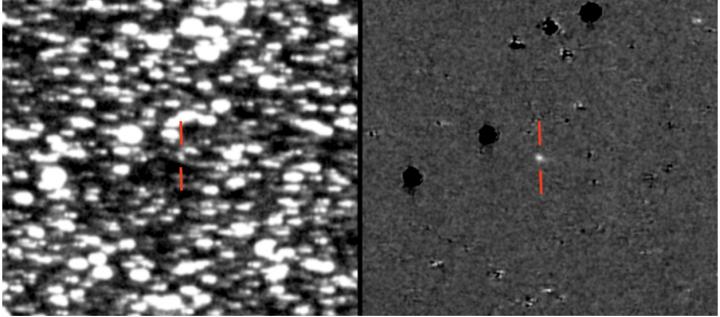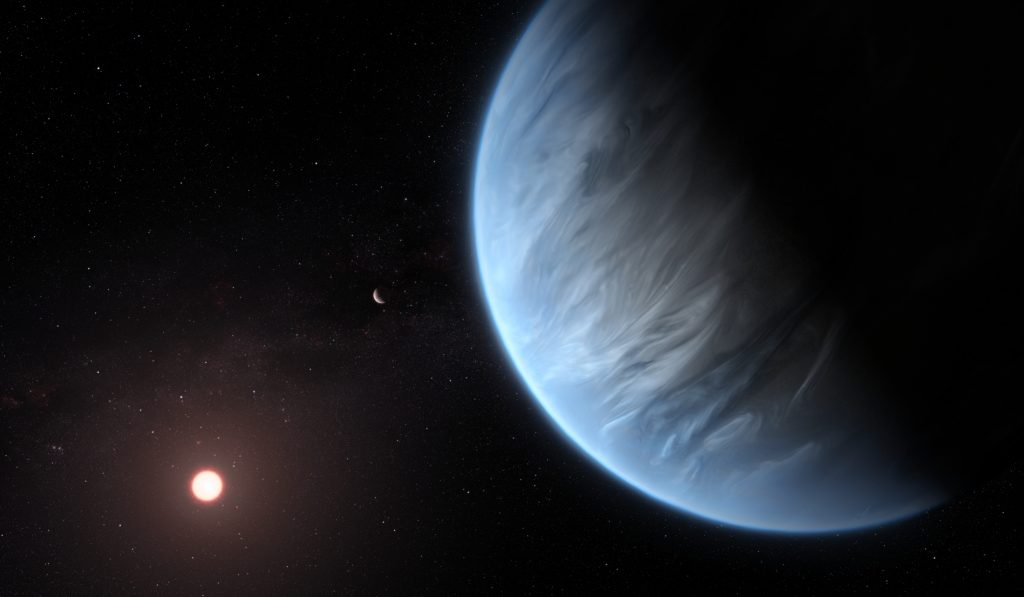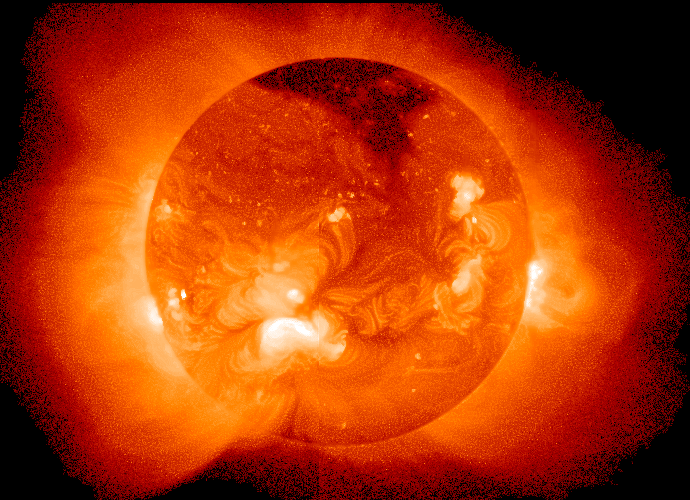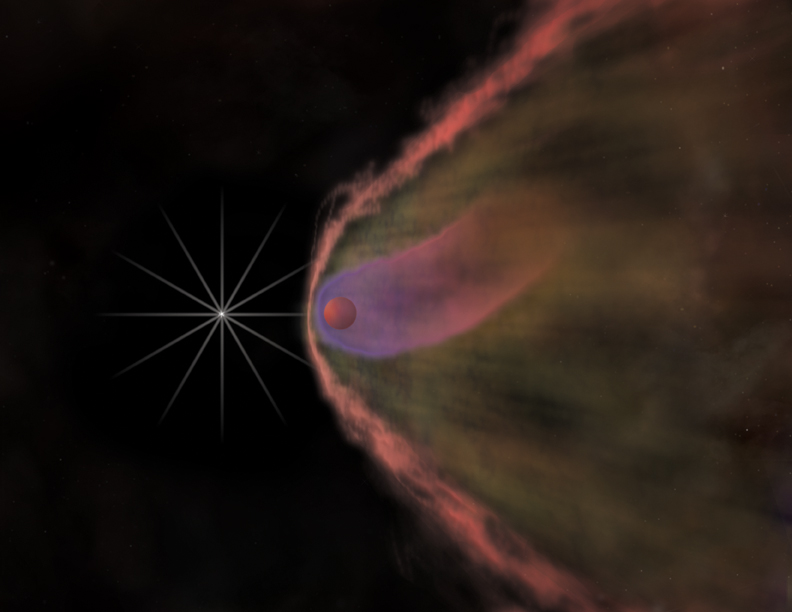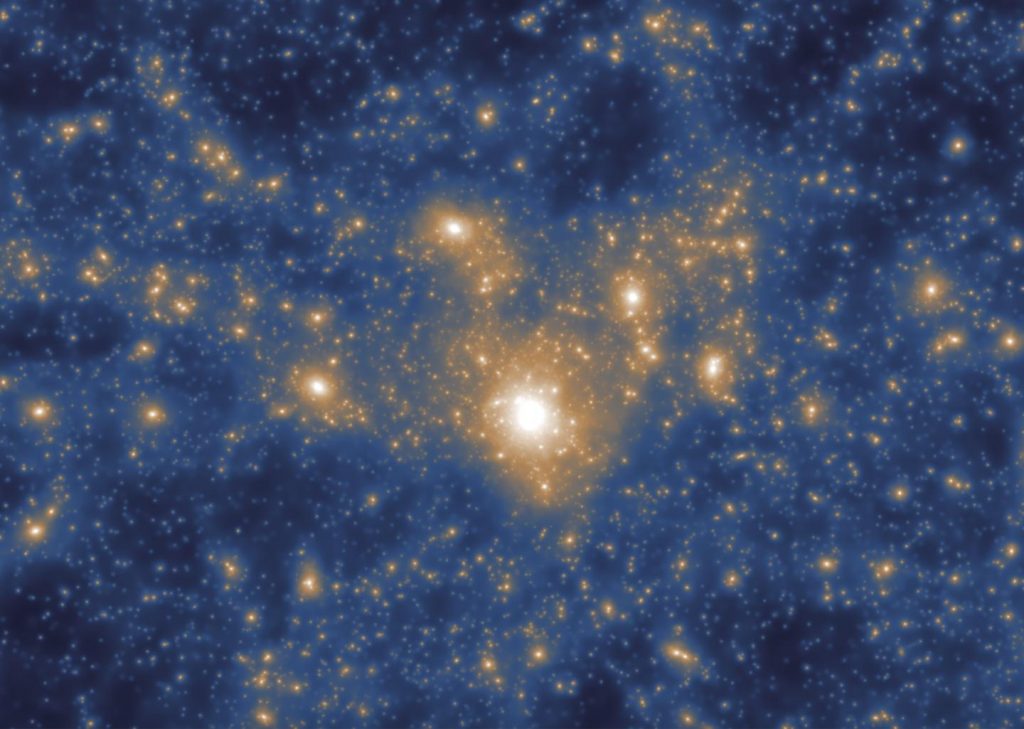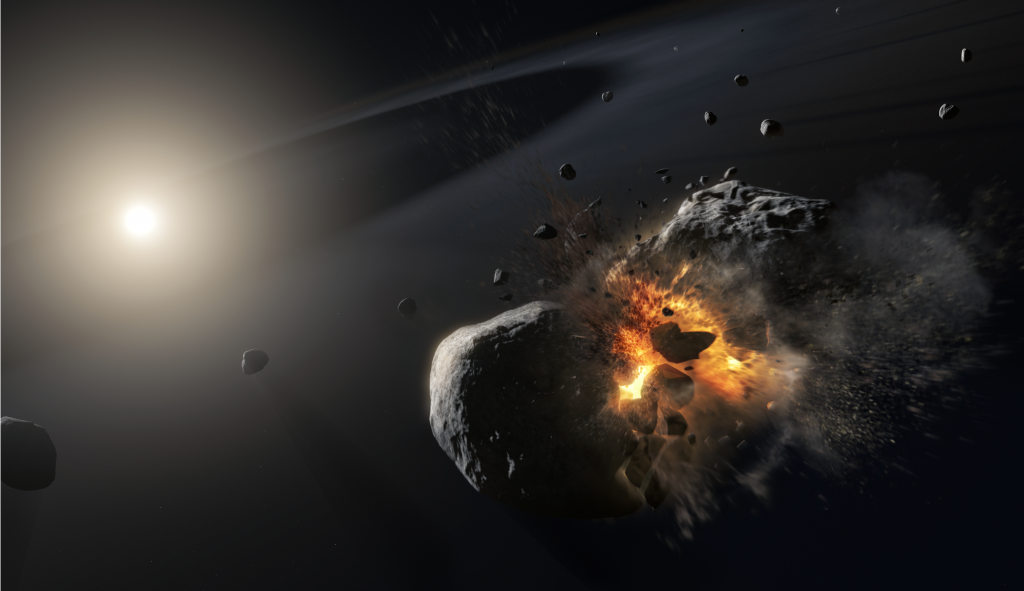Giant stars prevent the formation of planets
The chance for a young star to raise some planetary offspring apparently depends a great deal on the neighborhood it lives in. This, at least, is one finding that astronomers have discovered with the help of the Hubble Space Telescope. For three years, they observed the open star cluster Westerlund 2 which contains about 5,000 stars, including some real giants, within a relatively small space. Westerlund 2 is only one to two million years old. That makes it an ideal candidate to test theories on planet formation, because all the stars it contains have just started or are just…
